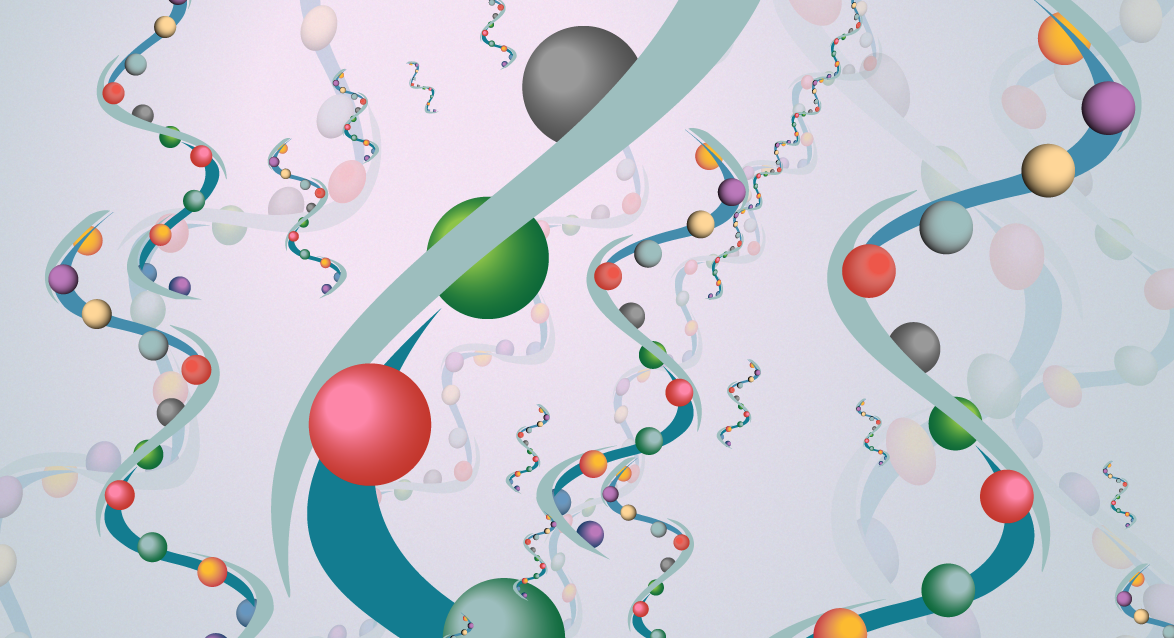A rocket launched today from French Guiana carried a satellite called Planck that scientists at UC Santa Barbara helped to design. The project is a collaboration between NASA and the European Space Agency and involves many countries and scientists in the United States and Europe.
Planck is a third-generation cosmology satellite dedicated to understanding the remnant radiation from the beginning of our universe. This radiation is called cosmic microwave background, or CMB.
According to Philip Lubin, a UCSB astrophysicist, Planck's goals include helping scientists to understand the origins and fate of our universe and the makeup and distribution of matter, dark matter, and dark energy. The satellite will help scientists look for evidence of multiple universes, study how and when early structures formed and test for hyper-expansion due to phase transitions in the early moments of the Big Bang –– a process known as inflation.
A prototype of one of the two Planck instruments was built in the UCSB Experimental Cosmology Lab in the late 1990's by Peter Meinhold, a UCSB research scientist, and others in the group. The satellite launched this morning was largely built in Europe but contained numerous critical parts of the instruments that were built in the United States. Meinhold and Rodrigo Leonardi, a postdoctoral fellow involved in data analysis, have been traveling in Europe to consult on the design and development of the satellite, and helping prepare it for launch.
Jatila van der Veen, another research scientist at UCSB who is temporarily working at Purdue University, also participated in the project. Van der Veen will return to her work at UCSB very soon, Lubin said. Mike Seiffer, Todd Gaier, and Tim Koch were involved in the project as graduate students at UCSB, and continue to work on the project at NASA's Jet Propulsion Laboratory at the California Institute of Technology. The satellite will take approximately three months to get into its final orbit and be ready to take data. Meinhold, Leonardi, and Lubin are part of a team of scientists that worked on the development of the satellite and will be working on the data analysis and cosmological interpretation.
UCSB scientists also played a key role in the first-generation COBE cosmology satellite that launched from Vandenberg in 1989. The UCSB experimental cosmology group has fielded numerous balloon and ground-based experiments for three decades.
Related Links



